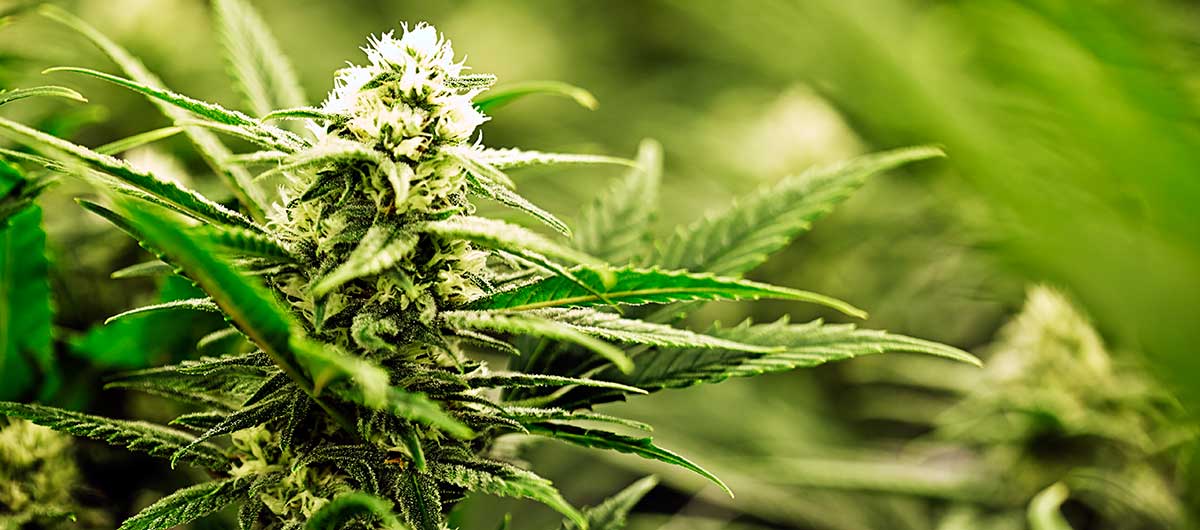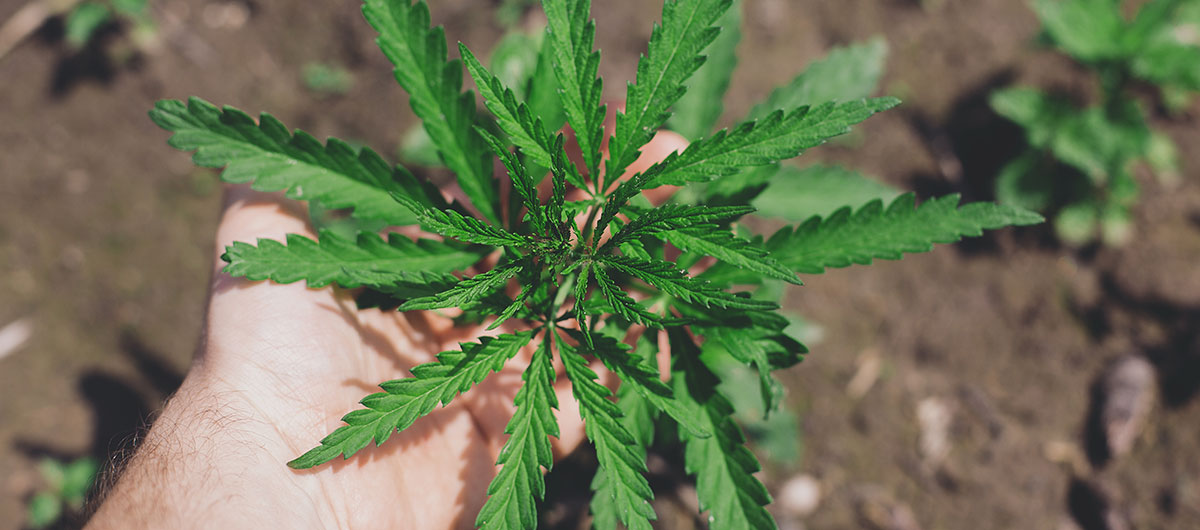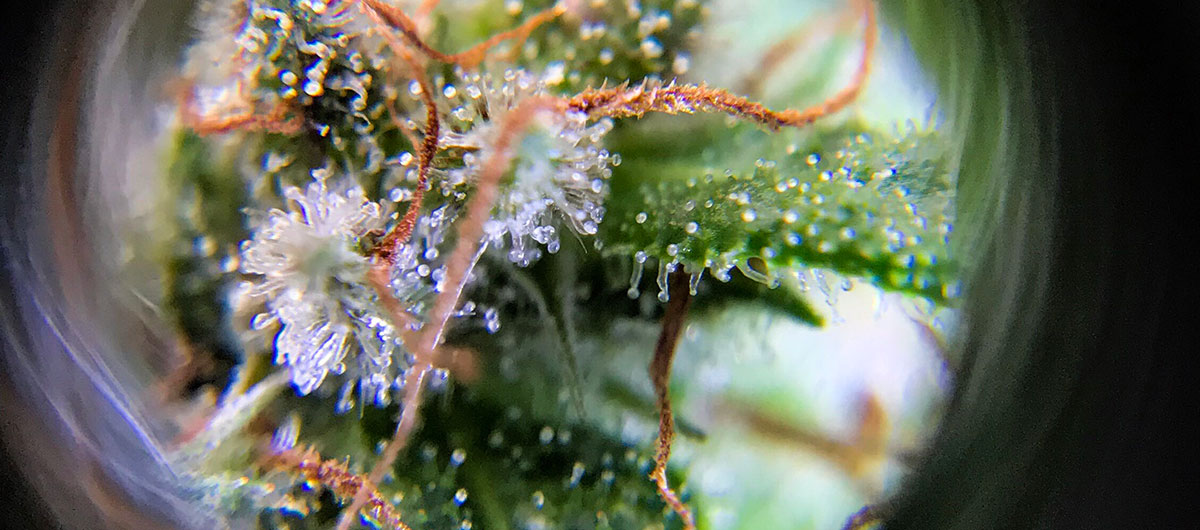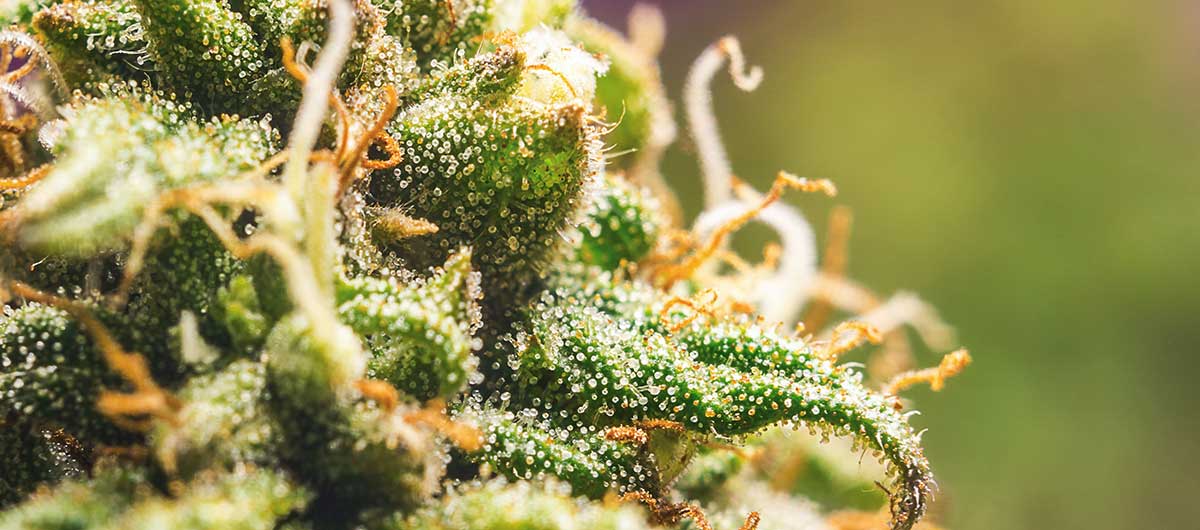What Are The Key Parts of The Cannabis Plant?
Cannabis can be a complicated plant with a variety of cultivars but what are the key parts of the cannabis plant?
Commercial cannabis is extracted from the female species (which have a long skinny stem and large fan leaves).
Nevertheless, cannabis is dioecious, which means it can be male or female. Notably, the male and female reproductive organs are found on different plants.
Only the female species fully blossoms from the pre-flower (also found in the male) into a bud that can be harvested, packaged, and smoked! The bud or flowering tip has high concentrations of cannabinoids (chemical compounds responsible for the effects of cannabis).
There are 6 different parts of the cannabis plant. Each part has a different function and relationship with the plant as a whole.
The 6 Different Parts of The Cannabis Plant

1. Fan leaf
It’s the largest type of leaf found in the cannabis plant. The leaf is responsible for photosynthesis (making food), transpiration, and CO2 uptake in the plant. Interestingly, although they have become the symbol of cannabis, they only produce trace amounts of cannabinoids.

2. Cola
Cola is a cluster of buds that tightly grow together and can even appear as one large bud. They have the highest concentration of cannabinoids.
At the very top of the cannabis plant, we have the main cola or apical bud.

3. Bracts
Bracts house the female reproductive parts. They are green tear-shaped leaves covered in resin glands that produce high concentrations of cannabinoids in the plant.

4. Trichomes
They are small mushroom-shaped, translucent glands on the surface of cannabis flowers and leaves. They release a resin (rich in terpenes, flavonoids, and cannabinoids), which the plant uses as protection against predators.

5. Pistil
The pistil is a part of the female reproductive system consisting of an ovule with two protruding stigmas. The stigmas are thin hairs extending from the female’s bract to catch pollen from the male plants. Despite the stunning colors of stigmas, they do not affect the budding flower’s potency and taste. However, they are important for the reproduction cycle.

6. Calyx
The calyx is a translucent layer over the ovule at the flower’s base. The calyx is covered by the bract that encapsulates the female reproductive parts.
